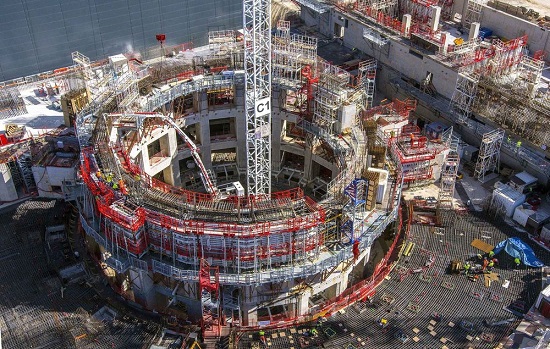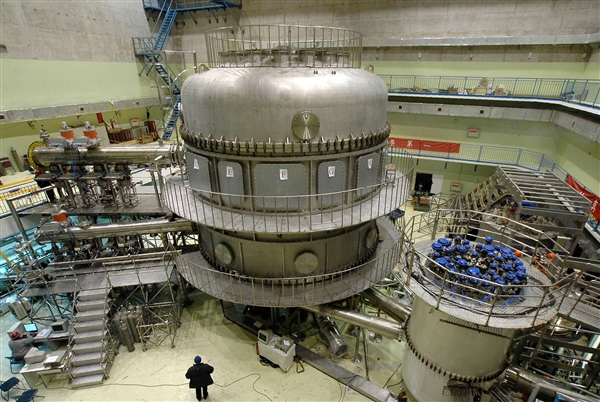Updated By: LatestGKGS Desk
India role and contribution in ITER International Nuclear Fusion Project

International Thermonuclear Experimental Reactor (ITER) History, Role of India in International Nuclear Fusion Project
International Thermonuclear Experimental Reactor (ITER) is an international nuclear fusion research and engineering megaproject, which will be the world's largest magnetic confinement plasma physics experiment.
International Thermonuclear Experimental Reactor (ITER) was proposed in 1987 and designed as the International Thermonuclear Experimental Reactor. The project is funded and run by seven member entities—the European Union, India, Japan, China, Russia, South Korea, and the United States.
The facility is expected to finish its construction phase in 2025 and will start commissioning the reactor that same year. Initial plasma experiments are scheduled to begin in 2025, with full deuterium-tritium fusion experiments starting in 2035.
The goal of ITER is to demonstrate the scientific and technological feasibility of fusion energy for peaceful use.
At the final meeting in Moscow on 28 June 2005, the participating parties agreed to construct ITER in France. Construction of the ITER complex began in 2007.
India is also expected to contribute about 9,000 cores over the next decade to the project, thus paying for a little fewer than 10% of the total cost.
Plans to build demo power plants are at an earlier stage in Japan and South Korea. There are many hurdles to get over between ITER and a commercial power plant – engineers need to come up with new materials for the walls of the vacuum vessels and the shielding around the plasma, for example.


